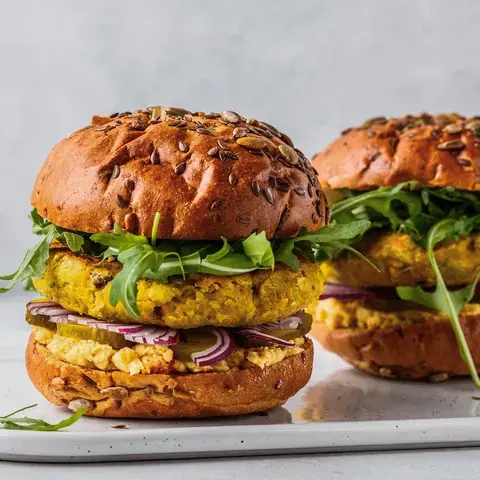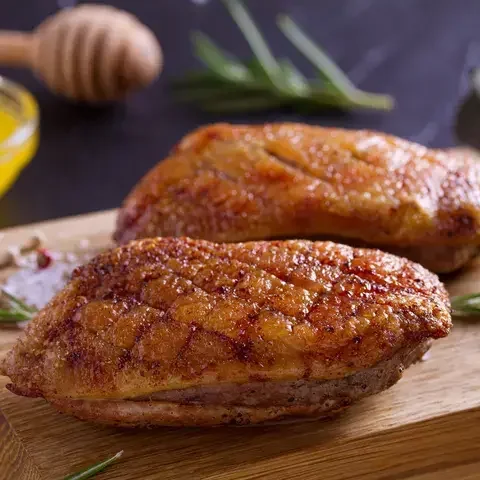Sauces usually perform a range of different functions in the kitchen. Sometimes they’re there to add contrast to the taste of a dish, to bring out sharpness and tanginess. Alternatively, the aim of a sauce might be to add flavour or moisture to the other ingredients. Finally, it might simply be about visual aesthetics. One thing to remember is that sauces often also add calories to cooking, so if you’re looking to moderate your calorie intake, you might want to take a closer look at the ingredients in your sauces.
Having said all that, there is nothing like the flavour of a homemade sauce and the satisfaction that comes with knowing you have cooked something delicious. Sometimes, regardless of your best intentions, you might end up with a sauce thinner than you intended. So how can you thicken a sauce perfectly every time?
If you've been in this saucy situation then Fine Dining Lovers is here to help. We offer tips and suggestions for thickening everything from tomato sauce and gravy to barbecue sauce, teriyaki sauce and beyond.
How to thicken sauce without cornstarch
If you would rather not thicken a sauce with cornstarch then the next best thing is to use a classic French roux: a blend of butter and flour. To make a roux equal parts of flour and butter are used. Once the butter melts the flour is added to the pot and the mixture is stirred for a few minutes until it thickens and becomes fragrant.
This is all done at the beginning of the cooking process. The liquid ingredients are whisked in slowly to prevent any lumps. For instance, a roux is the base of béchamel sauce, a creamy white sauce often paired with pasta.




















